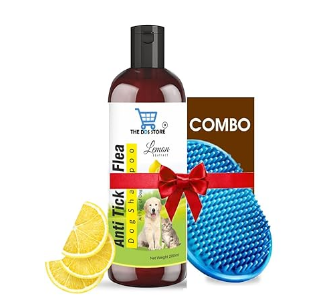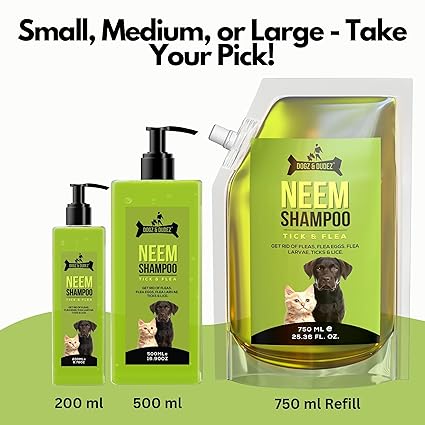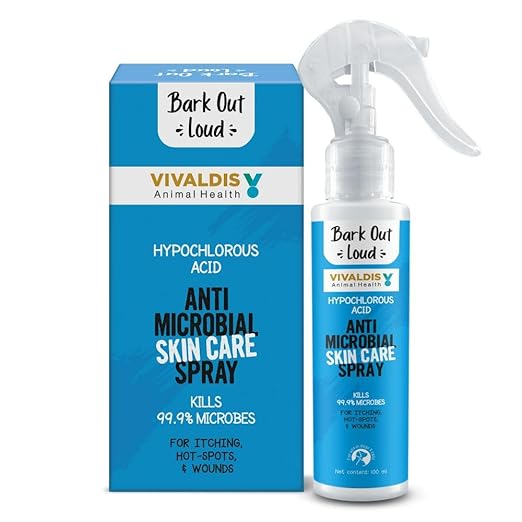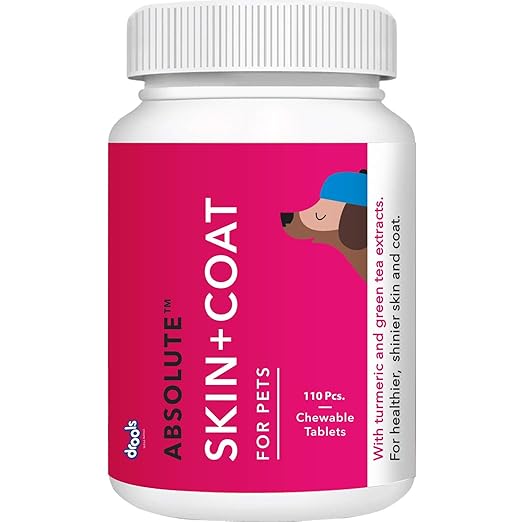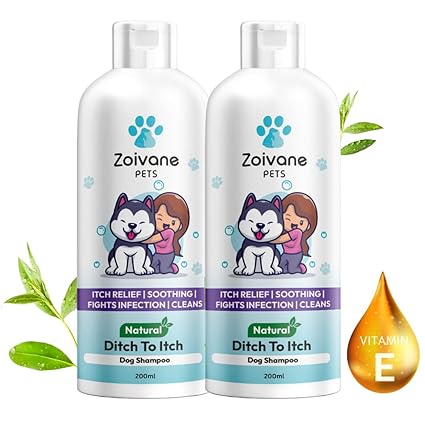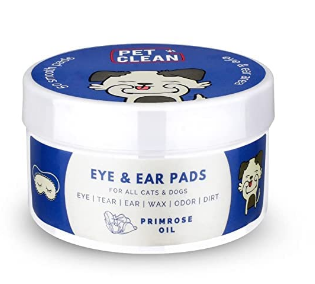Struggling with your dog’s food allergies? Discover safe homemade meal options, essential nutrients, and allergy-friendly recipes to keep your pup healthy and happy.
My Dog Has Food Allergies – What Can I Feed Him at Home?
Food allergies in dogs can be a real challenge for pet owners. If your furry friend suffers from allergies, finding the right diet that doesn’t trigger reactions is crucial. Many commercial dog foods contain common allergens like chicken, beef, dairy, or grains, making homemade meals a great alternative. But what exactly can you feed your allergic dog at home?
In this guide, we’ll break down safe homemade food options, essential nutrients, and allergy-friendly recipes to keep your pup healthy and happy.
The Struggle of Feeding a Dog with Food Allergies
If your dog has food allergies, you know how frustrating and exhausting it can be to find the right food that won’t cause discomfort or health issues. You carefully pick out a premium dog food brand, only to realize that your pup is still scratching, licking their paws, or dealing with digestive issues after every meal. It’s a constant cycle of trial and error, vet visits, and reading endless ingredient labels.
Recognizing the Signs of Food Allergies in Dogs
One of the biggest challenges is identifying that food is the culprit. Unlike humans, dogs can’t tell us what’s wrong, so their allergies often go unnoticed until symptoms become severe. Common signs include:
Skin Issues – Itchy skin, rashes, redness, and excessive licking or chewing on paws
Digestive Problems – Chronic diarrhea, vomiting, gas, and bloating
Ear Infections – Frequent ear scratching, head shaking, and bad odor from the ears
Hair Loss & Hot Spots – Patches of missing fur and irritated skin caused by excessive scratching
Many pet owners mistake these symptoms for environmental allergies, flea bites, or even behavioral issues, leading to delayed diagnosis and prolonged suffering for their dog.
The Difficulty of Finding the Right Dog Food
Once you realize your dog has a food allergy, the next step is finding a suitable diet. But this can be harder than it seems because:
Hidden Allergens in Commercial Dog Food – Many brands claim to be “hypoallergenic” or “grain-free,” but still contain ingredients that trigger reactions, like chicken, beef, dairy, or soy.
Cross-Contamination Risks – Even if you choose a limited-ingredient dog food, some manufacturers process multiple types of protein in the same facility, which can lead to contamination.
Expensive Specialty Diets – Prescription or novel protein diets can be costly, making it difficult for many pet owners to afford long-term.
Emotional and Financial Stress on Pet Owners
Beyond the physical toll on your dog, food allergies affect your daily routine and finances:
Emotional Stress – Watching your dog suffer despite your best efforts can be heartbreaking. You just want them to feel better, but every meal feels like a gamble.
Costly Vet Bills & Food Trials – Allergy testing, prescription diets, and vet visits add up quickly. Some owners go through multiple brands before finding something that works.
Time-Consuming Meal Prep – For many owners, switching to homemade meals is the best solution, but it requires extra time, effort, and careful balancing of nutrients.
Finding a Solution: Making Dog Feeding Stress-Free
The struggle of feeding a dog with food allergies is real, but you’re not alone! The key is to take a systematic approach to identifying allergens, choose safe and nutritious food options, and, if necessary, prepare homemade meals to ensure complete control over ingredients.
By understanding your dog’s unique dietary needs, you can eliminate allergens, reduce symptoms, and help them live a happier, itch-free life!
Why Homemade Food is the Best Choice
Commercial dog food often contains hidden allergens, preservatives, and fillers that can worsen your dog’s condition. Homemade dog food gives you full control over the ingredients, ensuring that your pup gets the best nutrition without harmful additives.
Here’s why switching to home-cooked meals can benefit your allergic dog:
Avoids common allergens like chicken, beef, dairy, and grains
Provides fresh, natural ingredients for better digestion
Customizable diet to suit your dog’s specific needs
Understanding Dog Food Allergies
What Causes Food Allergies in Dogs?
A food allergy occurs when a dog’s immune system overreacts to a particular ingredient, treating it as a harmful substance. This reaction leads to symptoms such as:
Skin issues – Itching, redness, hot spots, and hair loss
Ear infections – Recurrent yeast or bacterial infections
Digestive problems – Vomiting, diarrhea, or bloating
Paw licking and chewing – A sign of discomfort and irritation
Common Food Allergens in Dogs
If your dog is experiencing allergic reactions, these ingredients might be the cause:
Chicken – One of the most common protein allergies
Beef – Another frequent trigger in dog food
Dairy – Milk, cheese, and yogurt can cause digestive upset
Wheat and corn – Found in many commercial kibbles, often leading to skin irritation
Soy – A hidden allergen in many processed pet foods
Safe and Nutritious Homemade Food Options for Dogs with Allergies
When switching to a homemade diet, focus on novel proteins, hypoallergenic carbohydrates, and nutrient-rich vegetables.
1. Allergy-Friendly Protein Sources
Turkey – A lean protein that’s less likely to cause allergies
Duck – A great alternative for sensitive stomachs
Salmon – High in omega-3s, excellent for skin health
Rabbit – A novel protein option for dogs with severe allergies
Venison – Another hypoallergenic protein choice
2. Hypoallergenic Carbohydrate Options
Many dogs are sensitive to grains like wheat and corn, so choose these grain-free alternatives:
Sweet potatoes – Packed with fiber and vitamins
Quinoa – A high-protein, gluten-free grain
Pumpkin – Helps with digestion and gut health
Brown rice – A gentle grain option for some dogs
3. Healthy Fats and Oils
Good fats are essential for a shiny coat and healthy skin. Consider adding:
Coconut oil – Has anti-inflammatory benefits
Olive oil – A source of healthy monounsaturated fats
Fish oil – Rich in omega-3 fatty acids to reduce itching and inflammation
4. Dog-Safe Vegetables
Some veggies provide essential vitamins while being easy to digest:
Carrots – Great for dental health and packed with beta-carotene
Zucchini – Low in calories and full of nutrients
Green beans – High in fiber and good for weight control
Try These Allergy-Friendly Homemade Dog Food Recipes
Recipe 1: Turkey & Sweet Potato Meal
Ingredients:
- 1 lb ground turkey
- 1 cup cooked sweet potatoes (mashed)
- ½ cup steamed carrots (chopped)
- 1 tbsp coconut oil
Instructions:
- Let it cool before serving.
- Cook the ground turkey in a pan until fully done.
- Mix in the cooked sweet potatoes and steamed carrots.
- Add coconut oil for healthy fats.
Recipe 2: Salmon & Quinoa Bowl
Ingredients:
- 1 cup cooked salmon (boneless, skinless)
- ½ cup cooked quinoa
- ½ cup steamed green beans
- 1 tsp fish oil
Instructions:
- Flake the salmon into small pieces.
- Mix it with quinoa and steamed green beans.
- Drizzle fish oil for added omega-3 benefits.
- Serve warm.
Tips for Transitioning to a Homemade Diet
Introduce new foods gradually – Start with small portions and observe your dog’s reaction.
Consult your vet – Get professional advice on balancing nutrients.
Supplement if necessary – Add calcium, omega-3s, and essential vitamins.
Keep an eye on allergies – If symptoms persist, try eliminating specific ingredients.
Final Thoughts
Feeding a dog with food allergies doesn’t have to be complicated. By preparing homemade meals with safe, natural ingredients, you can eliminate allergens and improve your dog’s overall health. Try incorporating novel proteins, hypoallergenic carbs, and healthy fats into their diet to keep them happy and allergy-free.
Ready to make the switch to homemade dog food? Start with one of these easy recipes and watch your dog thrive!
Have you tried making homemade meals for your allergic pup? Share your experiences in the comments!
Related posts:


